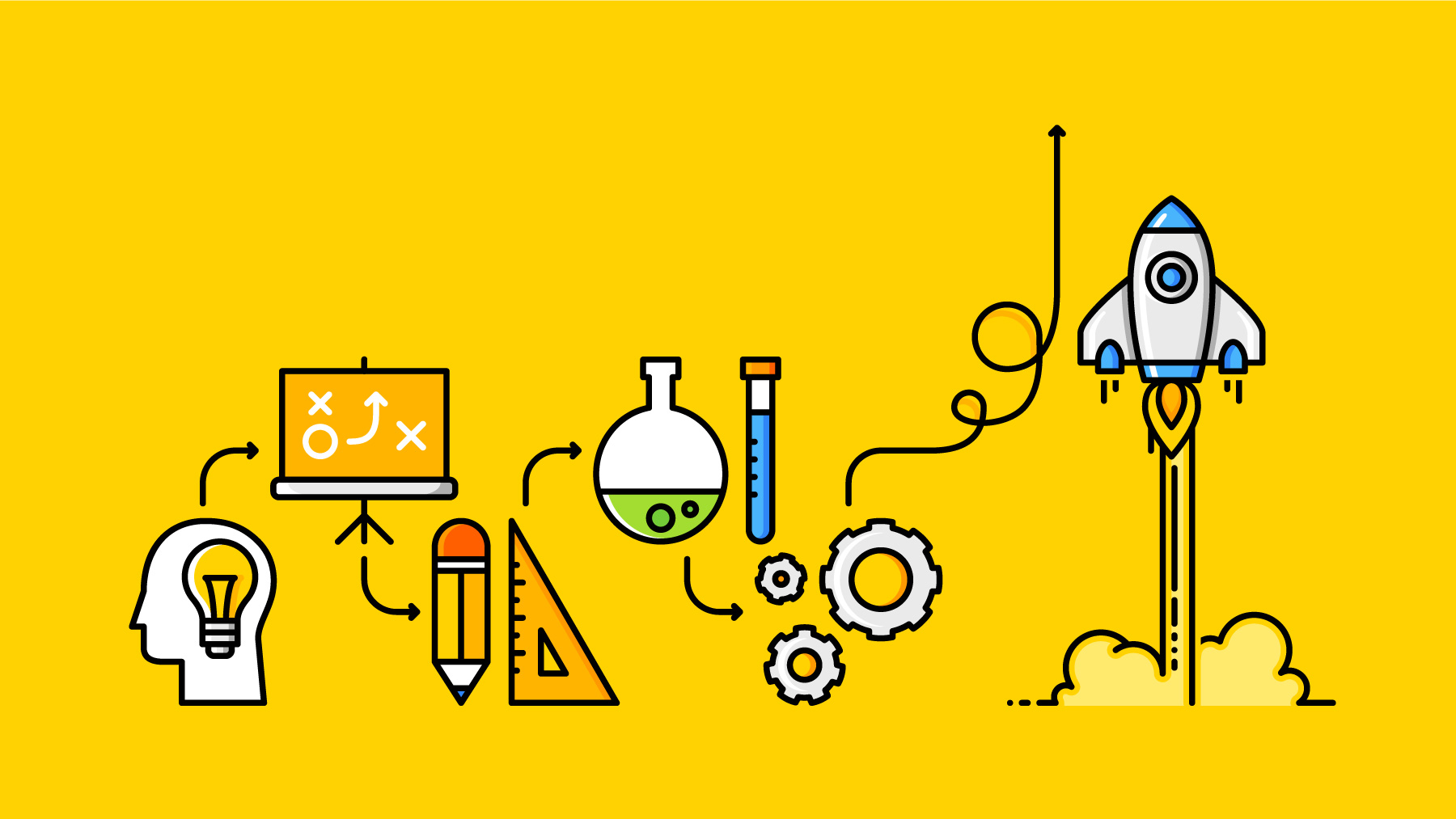Whether you are designing a website or a circuit board, the process that you use to move from concepts to reality will have a significant impact on the quality of the final product. A well-rounded design process requires both time and energy, and you will need to set aside plenty of both. If you want a design process that maximizes efficiency and minimizes waste, these are the tips you need to follow.
These tips can be applied to the design process for just about anything. No matter what the specific product being designed is, these tips can be used to enhance efficiency and produce more consistent end results.
Streamline Idea Sharing
Most design processes require input from a variety of people. The businesses that put out the most consistently reliable products in terms of quality are those that are willing to spend some time ensuring that their communications networks are well-oiled and reliable. But simply giving your team members the ability to talk to one another isn’t enough.
You need to teach your team how to work with one another if they are going to work together efficiently. Set out clear procedures and processes for proposing and considering ideas. Encourage your team to communicate with one another and to work together as a group to build on individual contributions.
Give Your Team the Right Tools
It might seem like an obvious point, but you would be surprised how many managers there are out there who are expecting their teams to perform miracles with virtually no supplies. No team is going to be able to design efficiently if they have to wait around on new supplies or software. For example, if you are designing circuit boards with schematic software, make sure your team have schematic softwarethat you and your team are confident in using. Software that you find awkward to use is only going to slow you down; don’t let it become a bottleneck.
Of course, not everything is designed using software, although most things are these days. Those who are used to doing their designing by hand rather than using a computer need to make sure that they keep their supply cupboards well stocked at all times. Don’t wait for things to run out before you reorder them.
Test, Test, Test
Testing can mean different things in different contexts. Of course, you will test your final product to ensure that it works and that it’s been manufactured correctly. But along the way, you should also test individual ideas. This might mean putting them in front of focus groups, or it could mean producing a mock-up or prototype to showcase a specific feature.
Once you have established an effective design process, you can then work on refining it. As time goes on and you deploy your design process in the real world, you will learn more about it and how it works. The right design process can make all the difference to the overall efficiency of your business and can be the difference between an expensive and difficult development, or a pain-free one.
Image Credits: Adobe Blog







































